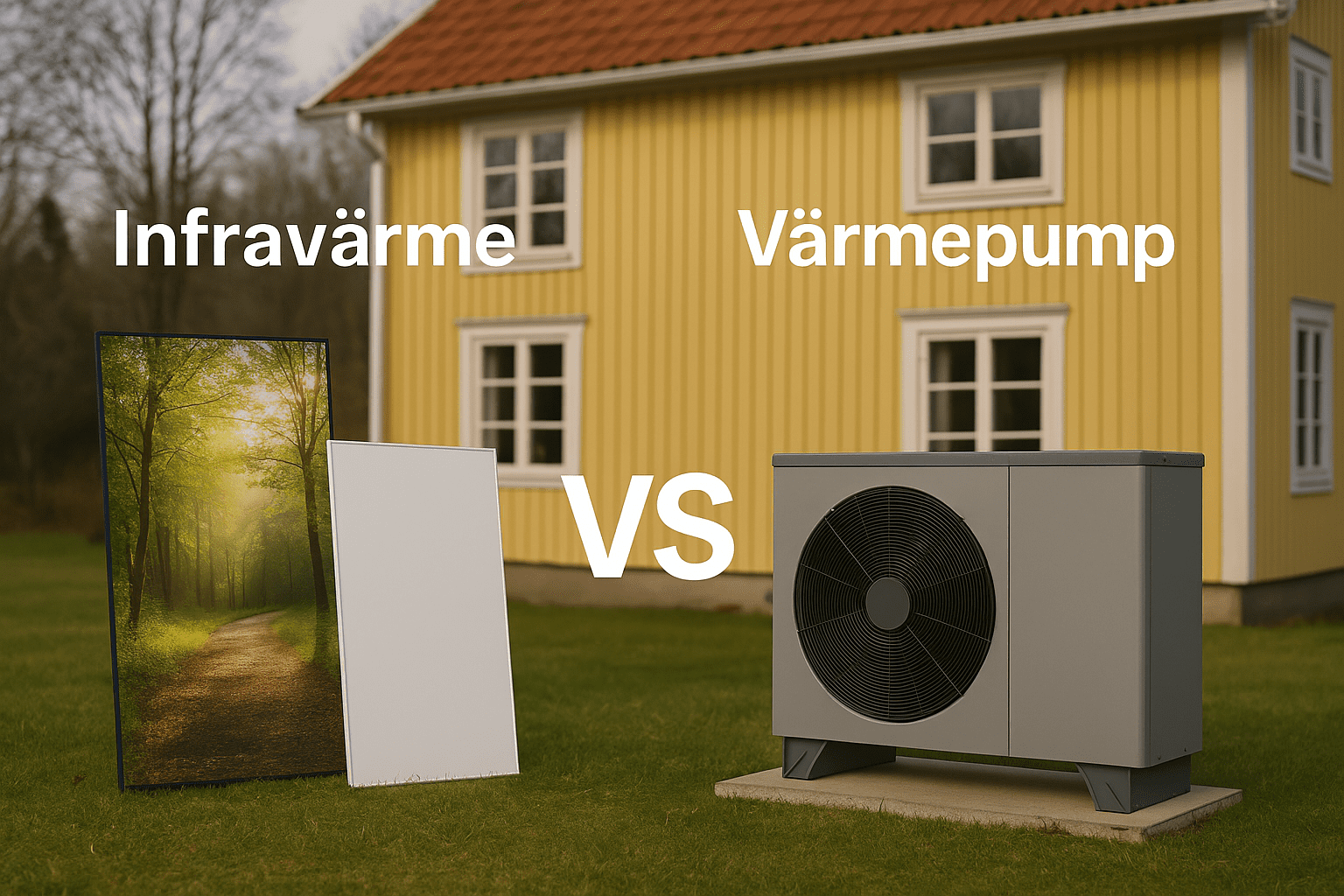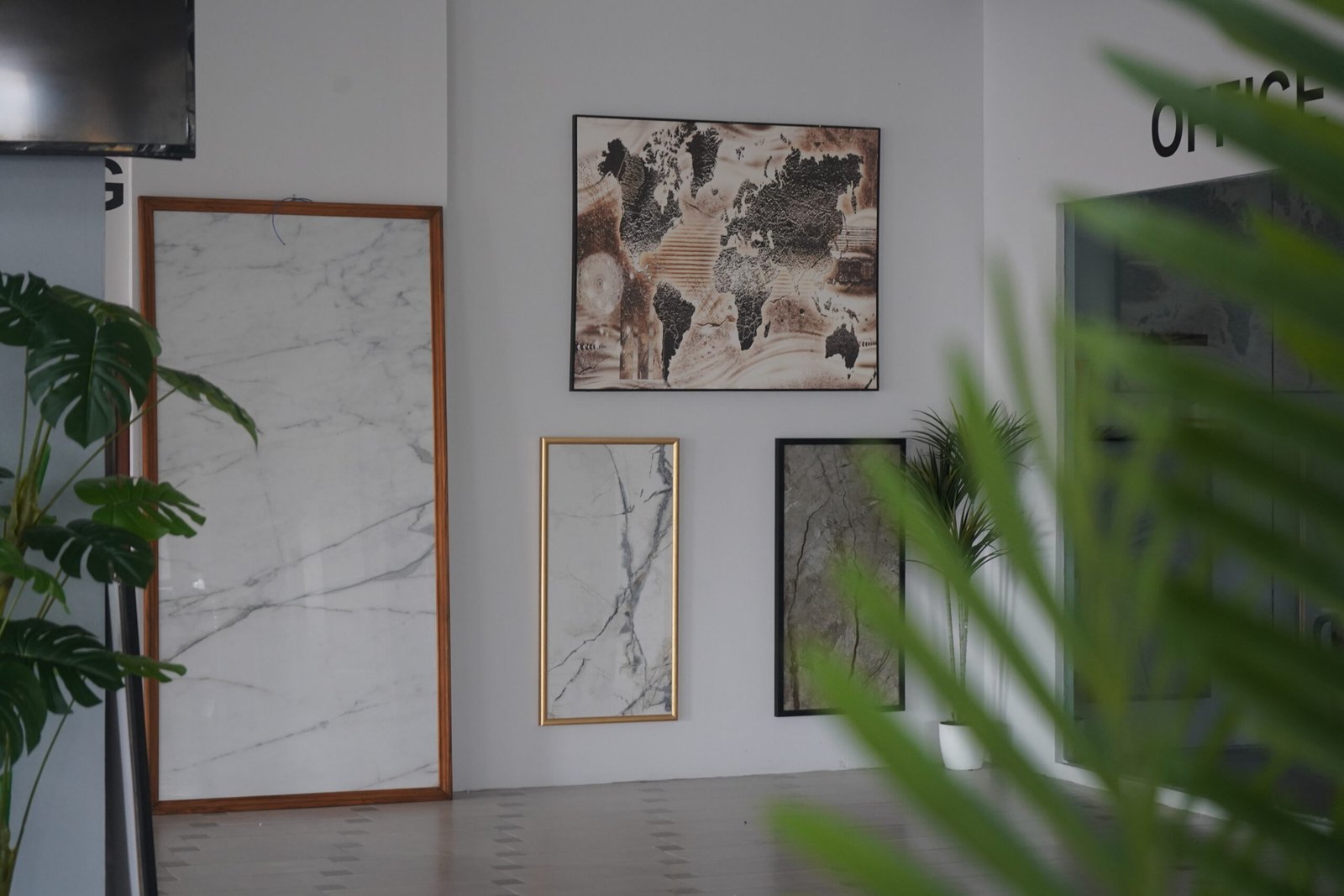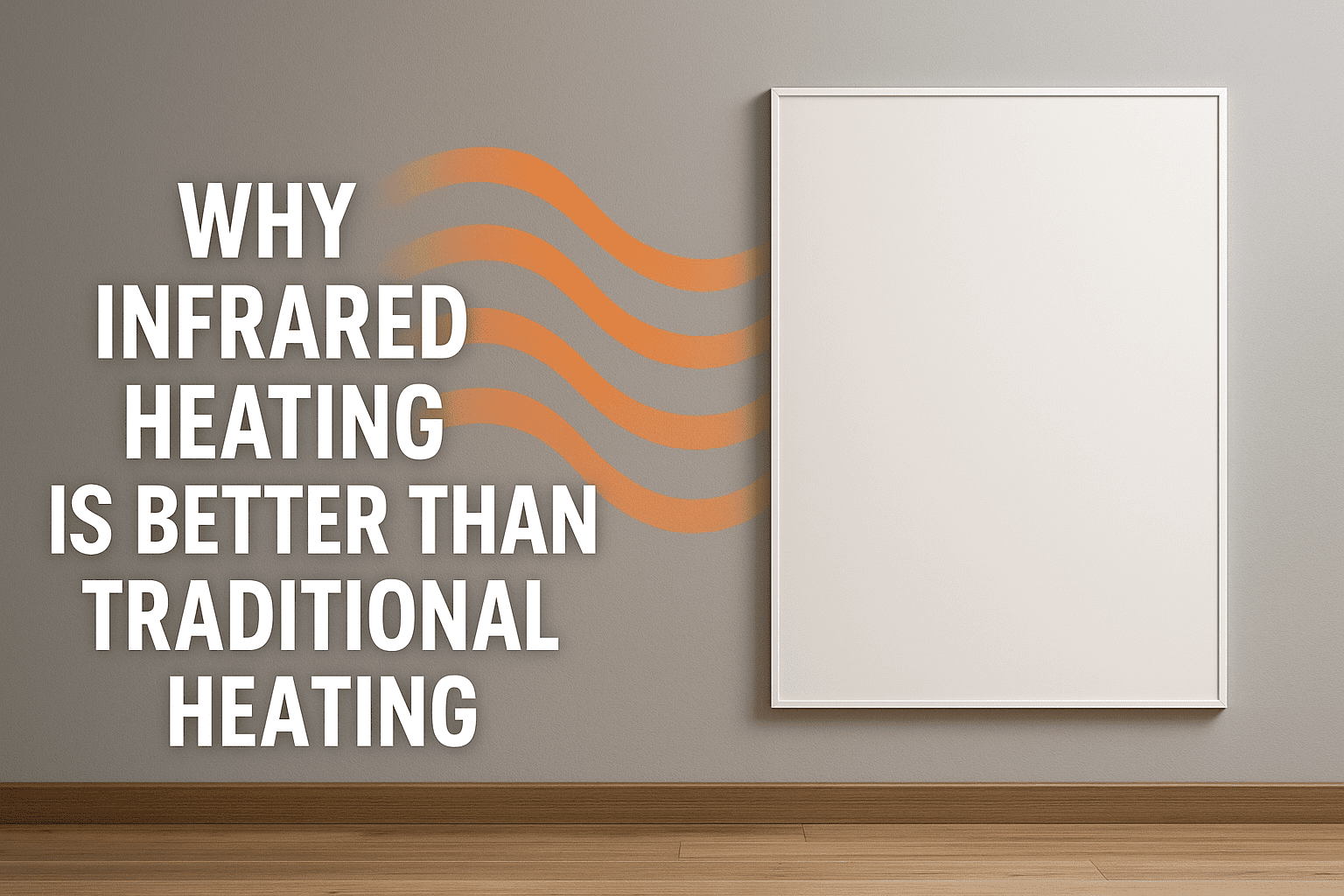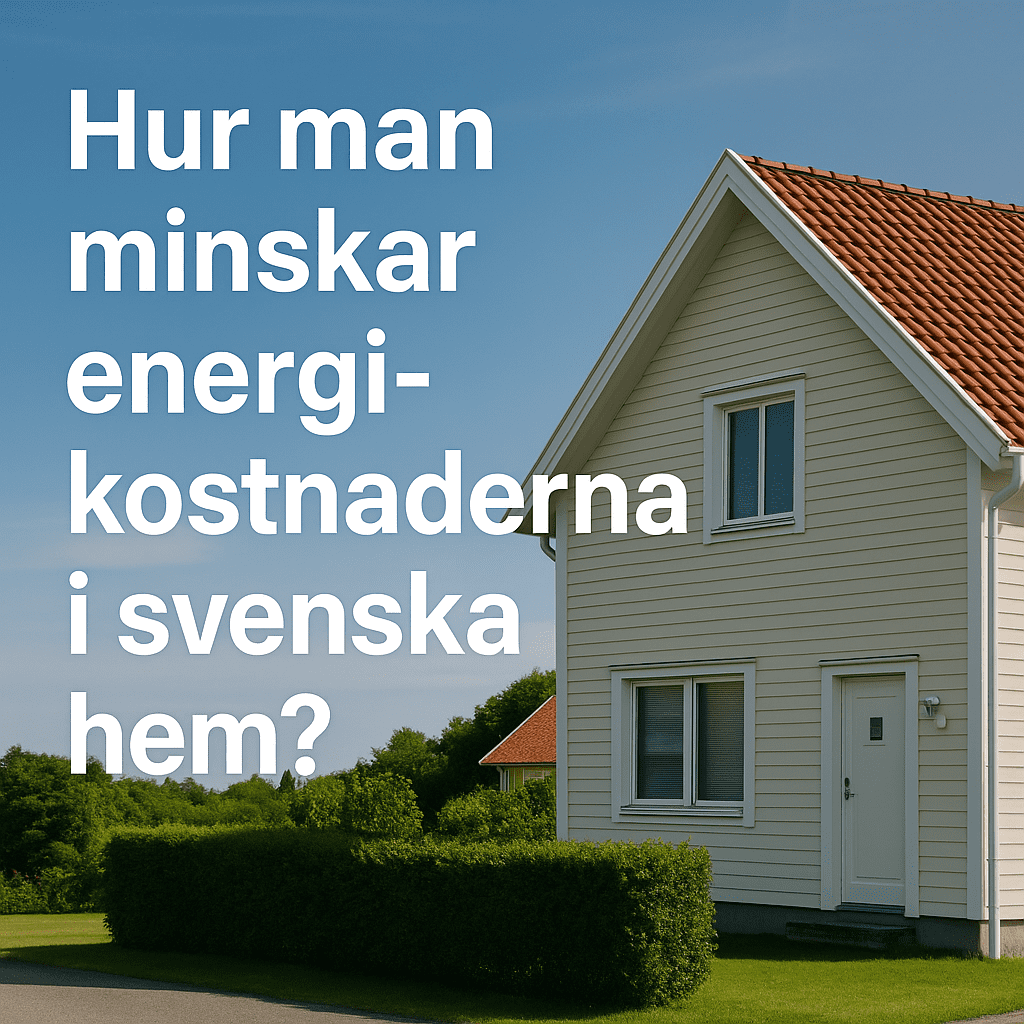Infrared Heating vs. Heat Pumps – What’s Best for Your Home?

As more Swedish households move away from oil, direct electric heating, and gas-based systems, two eco-friendly heating alternatives are gaining popularity: heat pumps and infrared heating panels.
Both claim to offer lower energy bills, reduced environmental impact, and better efficiency — but how do they actually compare in real-world use? And which one makes more sense for your home?
Let’s break it down in a clear, practical way.
1. How They Work – Two Very Different Technologies
Heat Pumps:
A heat pump doesn’t create heat — it moves it. By extracting warmth from the outside air (air-source), ground (geothermal), or even water, it compresses and transfers it indoors. It works much like a refrigerator in reverse.
- Can heat and cool (if reversible)
- Often works best with underfloor heating or radiators
- Efficiency depends on outside temperatures
In cold Nordic winters, air-source heat pumps can lose performance below –10 °C unless they’re specifically rated for low temps.
Infrared Heating Panels:
Infrared heating works in an entirely different way. Instead of heating air, it emits radiant heat — like the sun. These invisible waves warm up surfaces, people, walls, and furniture directly, creating a deep, natural warmth without air circulation.
- Instant heat sensation, like standing in the sun
- Warms solid objects → stored heat stays longer
- No air movement = no dust, no allergens
At SunWave, our panels use advanced nanotech paste to maximize radiation efficiency and ensure fast, targeted heat with minimal energy use.
2. Energy Efficiency – Which Saves More?
Both systems are far more efficient than traditional electric radiators or oil boilers — but they operate differently.
| System | Efficiency Profile |
| Heat Pump | COP of 3–5 (1 kWh in = 3–5 kWh heat out) — but varies depending on outdoor temps, system age, and insulation. |
| Infrared Panel | Direct heating with up to 80% less energy usage compared to A+++ electric heating — especially effective in small, well-insulated areas or for zone heating. SunWave standard 60x120cm panels can heat spaces of 20-25m2 with just 500W (2kWh per day) |
Note: Infrared panels heat only where and when you need it. That avoids the losses that come from preheating large volumes of air or water in unused areas.
3. Installation – Simplicity vs. Complexity
Heat Pumps:
- Requires certified installers
- May need outdoor units, ductwork, or radiator integration
- Takes multiple days to install
- May require permits or approval (especially in apartments or heritage buildings)
Infrared Panels:
- Mount on walls or ceilings — plug-and-play or hardwired
- No pipes, ducts, or compressors
- No noise, no outdoor space required
- Easy to install in apartments, cabins, or as supplemental heat
Perfect for room-by-room heating, renovations, or extensions where reworking plumbing is costly or impractical.
4. Maintenance & Lifespan
| System | Maintenance | Lifespan |
| Heat Pump | Regular servicing: filters, refrigerant, fans | 10–20 years |
| Infrared Panel | Zero maintenance | 30–40 years |
SunWave panels have no moving parts and require no filters or service contracts — just decades of silent, clean heat.
5. Comfort & Indoor Climate
- Heat Pumps circulate warm air, which may create slight drafts or dry air
- Infrared Panels provide a silent, dust-free, and uniform warmth without affecting humidity or stirring allergens
-> Ideal for people with allergies, asthma, or those who prefer clean air and silent operation.
6. Design, Space, and Aesthetics
Heat pumps usually require:
- A visible outdoor unit
- Large indoor units or radiator integration
Infrared panels are:
- Ultra-slim (less than 2.5 cm)
- Can be made as mirrors, glass, or custom image panels
- Practically invisible when ceiling-mounted
-> For modern, minimalist, or small-space homes — infrared blends in better.
7. Cost & Return on Investment
| Factor | Heat Pump | Infrared Heating |
| Installation Cost | High (€7,000–€20,000 depending on type & size) | Low (€400–€1,200 per panel/room) |
| Operating Cost | Moderate–low, depending on usage & temp | Ultra-low, especially for zone heating |
| Payback Time | 5–10 years | 1–3 years |
-> Infrared heating can be deployed gradually (room by room), making it easier on your budget and perfect for renovations or expanding homes.
So, What’s the Right Choice?
| You Should Choose… | If You… |
| Heat Pump | Want centralized heating/cooling in a well-insulated, larger home — and can invest upfront. |
| Infrared Panels | Want efficient, modular heating that’s affordable, maintenance-free, and works room-by-room. |
Many homeowners even combine both systems — using heat pumps for general heating and infrared for high-usage rooms or to reduce cold zones.
Final Thoughts
Heat pumps and infrared panels are both modern, smart alternatives to old-school heating. But they’re not the same — and depending on your home, lifestyle, and budget, one may suit you better than the other.
If you want:
- A system with zero maintenance
- Up to 80% lower energy use
- Easy, beautiful integration into your space
— then SunWave infrared panels could be the perfect fit.
Curious if it works for your home? Contact our team for honest advice or a custom recommendation.
Explore Our Latest Insights
Discover tips and trends in eco-friendly IR Heating Panels.





